Planning your own trip? Prepare for your trip
Use Rough Guides' trusted partners for great rates
Plan and book your private, tailor-made tour with vetted local experts
About 50km south of Lisbon, Setúbal is a busy port city that mixes industry with a vibrant old town. Its pedestrianized centre is full of life, with tiled squares, narrow alleys, and plenty of shops and seafood restaurants worth lingering in.
It is a pleasant place to slow down for a day or two. You can join a dolphin-watching trip in the Sado estuary, step inside the extraordinary Igreja de Jesus with its twisted stone columns, or simply wander between cafés and wine bars. The ferry across the estuary opens the way to endless sandy beaches, while the nearby Arrábida hills provide one of Portugal’s most scenic backdrops.

Hey, I’m Sara, your Portugal travel expert. Setúbal does not always make the cut on first-time itineraries, but it deserves a spot. This is a city where shipyards and canneries sit on one side, and a lively old town of tiled streets and seafood grills fills the other. It feels real, local, and full of energy.
The Sado estuary is the star attraction. Few places in Europe let you see dolphins so close to a city center. Behind town, the Arrábida hills create a natural backdrop that is as dramatic as it is inviting. In between, you can wander the pedestrian lanes, try the city’s famous fried cuttlefish, and taste wines from the nearby village of Azeitão.
This Setúbal travel guide will guide you through the essentials: when to visit, how to get there, what to do, and where to eat and stay. It is a city that rewards slowing down, especially if you take time to cross the estuary and explore both coasts.
Sara’s tip
Order choco frito, the local fried cuttlefish, at a small tasca away from the waterfront. It is cheaper, fresher, and you will be eating alongside locals who grew up on it.
Best time to visit
Spring (April to June) and autumn (September to October) are ideal seasons, characterized by warm days, clear skies, and fewer visitors. July and August can be very hot, and shade is limited. Winter is cooler and quieter, perfect if you want the old streets almost to yourself. If you're planning a Portugal coastal tour, aim for the shoulder season when the weather’s good and the crowds are thinner.
How to get to Setúbal
Trains run regularly from Lisbon’s Oriente, Entrecampos, and Roma-Areeiro stations to Setúbal, taking about one hour. Buses also connect Lisbon and Setúbal from Praça de Espanha. Driving is straightforward: around 50 minutes south of Lisbon on the A2 motorway. Ferries and catamarans link Setúbal with the Tróia Peninsula across the estuary.
Best areas to stay in Setúbal
Setúbal lies about 50km south of Lisbon, on the northern shore of the Sado estuary. It is a port city framed by the Atlantic coast on one side and the green slopes of the Arrábida hills on the other. The drive from Lisbon takes less than an hour, making Setúbal an easy day trip or a convenient base for exploring the region.
Often included among the best places to visit in Portugal for its mix of seafood, nature, and local culture, Setúbal fits easily into a Portugal itinerary. From here, you can cross the estuary to the beaches of the Tróia Peninsula, take a dolphin-watching cruise, or head into the Arrábida Natural Park for hiking, wine tasting, and sweeping views of the Atlantic.


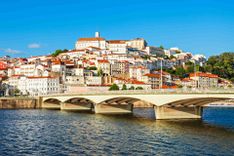
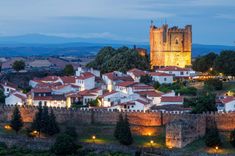

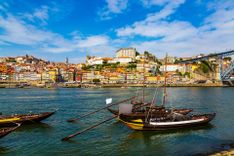










Setúbal is compact and easy to navigate, with most of the historic centre and waterfront best explored on foot. Streets are flat and pedestrian-friendly, and the main squares, markets, and restaurants sit close together. Public transport and taxis make it simple to reach the beaches, the Tróia Peninsula, and the Arrábida hills.

Paradise and desert beach in Troia, Setubal, Portugal © Miguel Couto/Shutterstock
If you are asking how many days in Setúbal are enough, a single full day lets you explore the historic centre, visit the market, and take a dolphin-watching cruise on the Sado estuary. You will also have time to see the Igreja de Jesus and stroll the waterfront. But if you can, stay overnight. Once the day-trippers head back to Lisbon, the city takes on a slower, more local rhythm that is worth experiencing.
If you are planning a 10-day Portugal itinerary that includes Lisbon and the Alentejo, give Setúbal two days. Spend one exploring the city itself, then use the other for nearby trips: the beaches of the Tróia Peninsula, the wine estates of Azeitão, or the trails of Arrábida Natural Park. An extra night also means you can enjoy both a seafood dinner in town and a quiet sunrise walk along the estuary, which is reason enough to stay a while.
Setúbal has a mix of boutique hotels, modern apartments, and simple guesthouses, many clustered around the old town and waterfront. Here’s where to base yourself depending on how you like to travel.
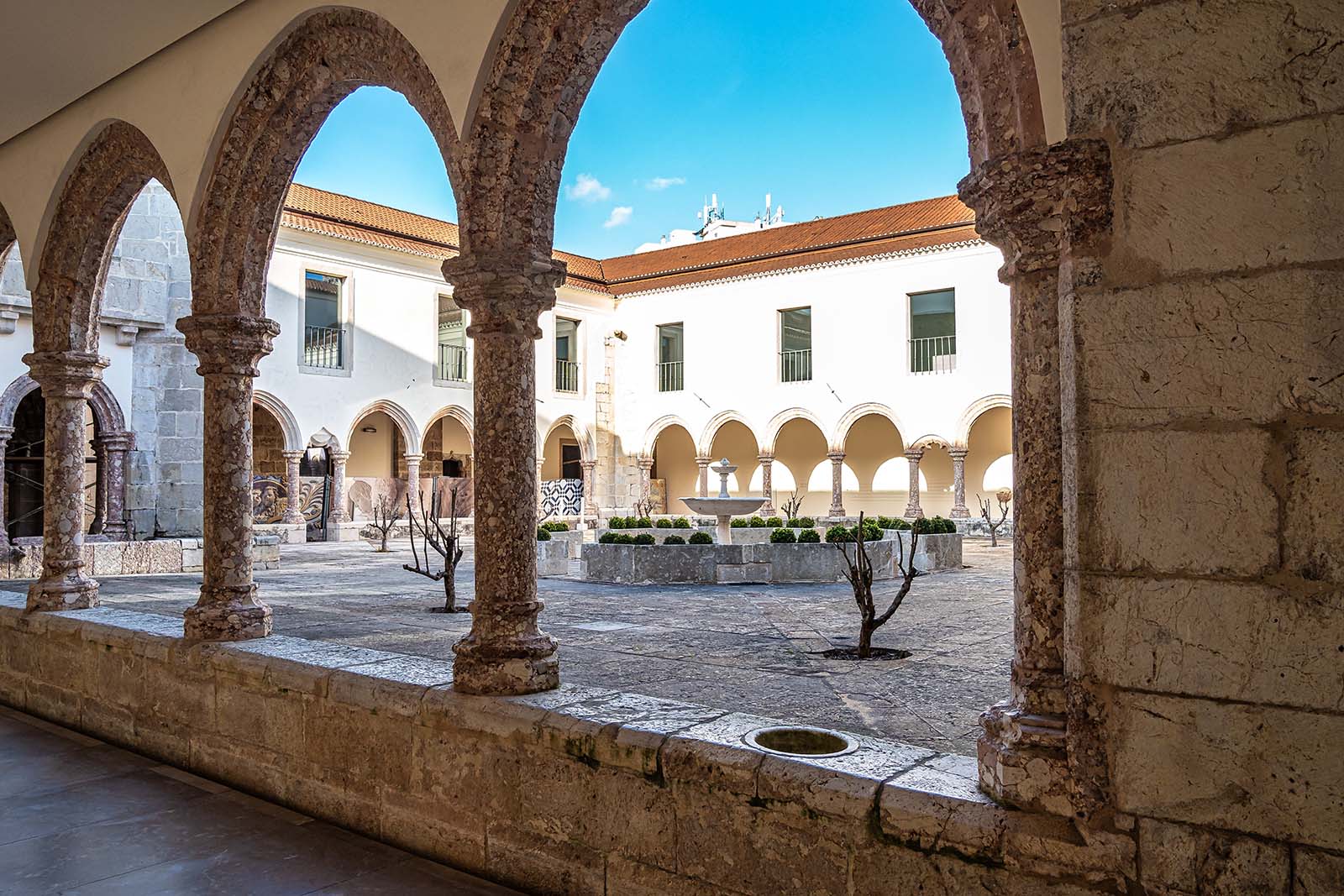
Igreja de Jesus in Setubal © Shutterstock
Setúbal combines the energy of a busy port with easy access to nature and the coastline. Its old town is small enough to explore in a day, but there is more than enough here to keep you longer. Here’s a list of things to do in Setúbal, each worth taking your time for.
Setúbal’s heart is its old town, a maze of pedestrian lanes, tiled facades, and small squares that spill with café tables. Praça do Bocage is the natural starting point, a broad square named after the 18th-century poet born here. At its centre stands his statue, framed by palm trees and overlooked by pastel-colored townhouses with wrought-iron balconies.
From the square, wander into Rua Augusto Cardoso and the alleys that branch off it. Here you will find azulejo-clad buildings, bakeries selling still-warm queijadas, and wine bars pouring local Moscatel. Laundry flutters overhead, and the scent of grilled sardines drifts in from nearby tascas.
At first glance, the Igreja de Jesus looks plain, a squat Gothic church on the edge of the old town. Step inside, though, and you are met with soaring twisted stone columns, carved in pale Arrábida limestone, that seem to spiral upward like ropes frozen in time. Built in 1494, it is one of Portugal’s earliest examples of Manueline style, the late-Gothic architecture that became a national trademark.
The adjoining convent houses the Museu de Setúbal, a quiet collection of paintings, sculptures, and religious art. The atmosphere is hushed, with sunlight filtering through small windows and bouncing off the pale stone. Few visitors linger here, which means you can take your time tracing the curves of the columns and noticing details that have survived wars, earthquakes, and centuries of devotion.
Setúbal’s market is a full sensory overload. The hall itself is worth the trip, covered in hand-painted azulejos that depict ships, fishermen, and scenes from the estuary. But it is the produce that really steals the show. Counters gleam with just-landed sardines, octopus still dripping from the nets, and cuttlefish that will end up fried in the city’s most famous dish. Pyramids of oranges and figs perfume the air, and stallholders call out prices over the chatter of customers.
The market opens early, and by 9 am, it is buzzing with locals filling baskets. If you want to see the fish at its freshest, come in the morning. For a slower experience, wander later in the day when the crowds thin. Even if you are not buying, grab a coffee at one of the cafés just outside and watch the flow of people moving in and out, each bag filled with the raw ingredients of Setúbal’s food culture.
The Sado estuary is one of the only places in Europe with a resident pod of bottlenose dolphins, and seeing them in the wild is unforgettable. Tours leave from Setúbal’s marina in small boats that skirt past fishing trawlers before heading into open water. Within minutes, you are out among salt marshes and sandbanks, with Arrábida’s green slopes rising in the background.
Spotting the dolphins is not guaranteed, but the odds are good. When they appear, they often surface in groups, arcing out of the water against the backdrop of Tróia’s dunes. Guides share insights into the pod’s behavior and the fragile balance of the estuary ecosystem. Trips usually last two to three hours. Early morning departures often mean calmer seas, while evening trips give you a golden light that makes the whole estuary glow.
Just west of Setúbal, the Arrábida hills rise dramatically from the sea. Trails wind through cork oak and pine forests, past limestone cliffs, and down to hidden coves where the water shifts from deep blue to turquoise. It feels a world away from the city, even though it’s just a short drive.
One of the most rewarding walks takes you up to the Convento da Arrábida, a 16th-century monastery that once housed Franciscan friars who lived in caves along the hillside. The views from here sweep across the Atlantic, the Tróia Peninsula, and the estuary. For something gentler, follow the coastal paths above Praia da Figueirinha or Praia dos Galápos, both perfect spots to pause for a swim.
A ferry or catamaran whisks you across the Sado estuary in under half an hour, and suddenly Setúbal feels far behind. The Tróia Peninsula is a long stretch of sand backed by dunes and pine forest, with calm water that’s perfect for swimming. Even in summer, you can walk further down the shore to find quieter spots.
It’s more than just a beach. At the northern tip lie the Roman ruins of Cetóbriga, once a fish-salting centre that exported goods across the empire. Further inland, golf courses and modern resorts contrast with the natural stillness of the sandbanks where birds wheel overhead.
No trip to Setúbal is complete without tasting its most famous dish: choco frito. Strips of cuttlefish are coated in flour, fried until golden, and served with fries and salad. It sounds simple, but locals are fiercely proud of it, and once you’ve tried it, you’ll see why.
Order it at a no-frills tasca in the centre, where the plate arrives piled high, still sizzling from the fryer. It’s usually washed down with a glass of crisp vinho branco or, better yet, a sweet shot of Moscatel de Setúbal. The combination of salty crunch and cold wine is unbeatable on a hot day.
The best versions are often found away from the waterfront restaurants. Follow locals at lunchtime into side streets, and you’ll find tascas where the recipe has been passed down for generations.
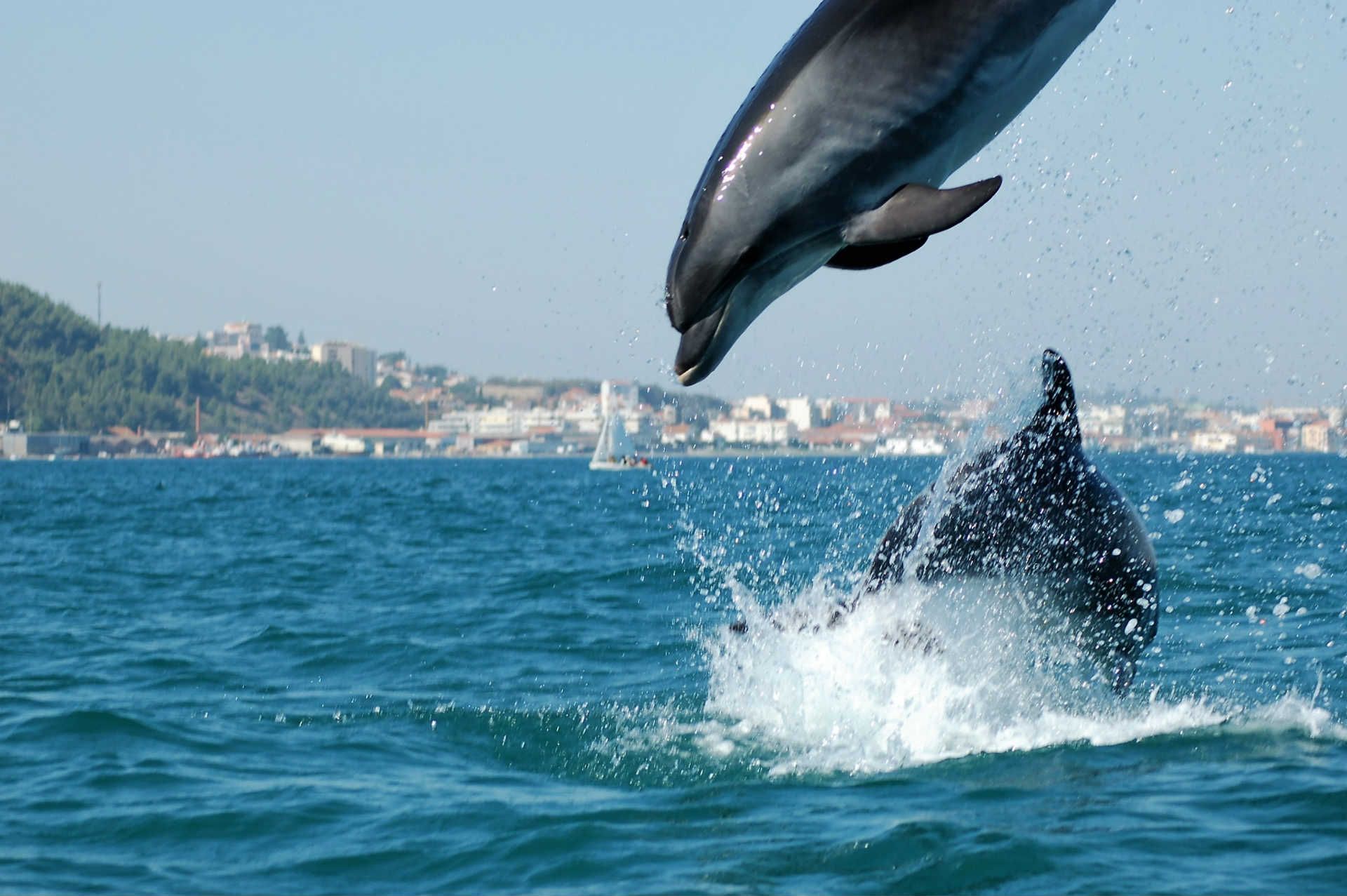
Dolphins of the estuary of the river Sado, Setubal, Portugal © Shutterstock
High above the city, the Castelo de São Filipe watches over Setúbal and the estuary. Built in the late 16th century to guard against pirates and foreign fleets, it still has thick defensive walls and a commanding position on the hillside.
Inside the fortress is a small chapel decorated with blue-and-white azulejos, while the ramparts give you one of the best panoramas in the region: Setúbal spreads below, Tróia stretches out like a sandbar into the Atlantic, and the green slopes of Arrábida roll into the horizon.
A short drive north of Setúbal takes you into vineyard country. Azeitão is famous for two things: wine and cheese. Local estates such as José Maria da Fonseca and Quinta da Bacalhôa offer guided tours that walk you through barrel-lined cellars before pouring generous tastings of Moscatel de Setúbal, a fortified dessert wine with notes of orange peel and honey.
Pair your glass with queijo de Azeitão, a creamy sheep’s cheese so soft it’s eaten with a spoon. The salty tang of the cheese against the sweetness of Moscatel is a classic combination. Some wineries also have art collections and manicured gardens, making the visits as much about culture as wine.
Setúbal is surrounded by stretches of sand that often rank among the best beaches in Portugal. Praia da Figueirinha is the easiest to reach, with wide sand, calm water, and facilities that make it ideal for families. Further west, Praia dos Galápos and Praia dos Coelhos are smaller coves where clear water meets cliffs that fall straight into the sea. Getting there takes a short walk from the road, but the reward is fewer people and a wilder atmosphere.
The water here is colder than in the Algarve, but in summer it is refreshing, and even in spring or autumn, you will see locals swimming. Arrive early in July and August, when parking fills quickly and access roads are restricted. Out of season, you may find yourself alone in a cove, with nothing but waves and seabirds for company.
Setúbal has a Mediterranean climate tempered by the Atlantic, which means hot, dry summers, mild winters, and sea breezes that make temperatures more comfortable than inland Portugal. Average temperatures range from around 52°F (11°C) in January to 86°F (30°C) in August, though heatwaves can push it higher. The estuary keeps nights warmer than in hilltop towns, and the beaches nearby are popular well into autumn. For current forecasts, check IPMA (Portuguese Institute for Sea and Atmosphere).

Arrábida coast © Shutterstock
Setúbal’s dining scene is defined by the sea. From grilled sardines by the river to choco frito (fried cuttlefish) served in busy tascas, food here is fresh, generous, and deeply tied to local tradition. The markets supply the restaurants daily, and many of the best places are simple, family-run affairs where recipes haven’t changed in decades. Expect straightforward cooking, hearty flavors, and an emphasis on seafood caught just offshore.
These hand-picked experiences bring out the real character of Setúbal, designed with flexibility and guided by our local experts who know it well.
Discover Portugal's most captivating stories
Use Rough Guides' trusted partners for great rates
written by
Olga Sitnitsa
Online editor at Rough Guides, specialising in travel content. Passionate about creating compelling stories and inspiring others to explore the world.